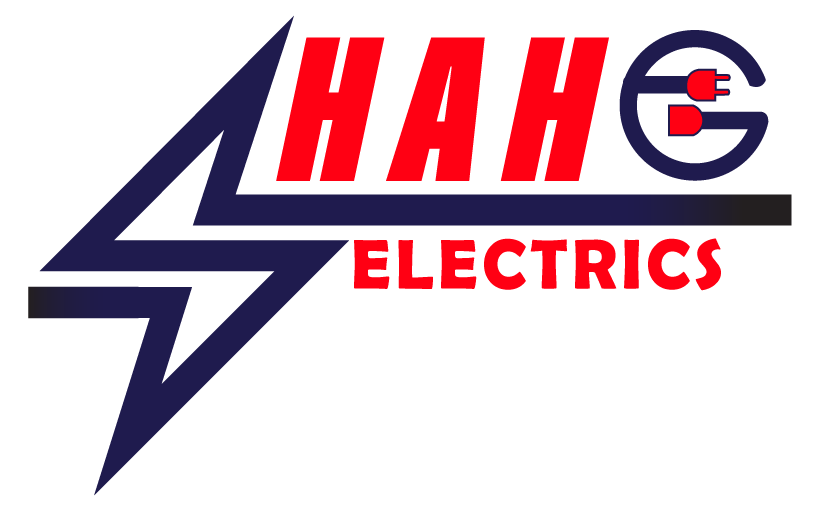Understanding Self-Exclusion Programs and Their Impact on Canadian Plinko Gamers
Self-exclusion programs are a vital tool designed to help individuals battling gambling addiction control their gaming habits. This mechanism serves as a proactive measure allowing gamblers to voluntarily exclude themselves from betting activities for a specified period. Understanding the nuances of this tool is crucial, especially for Canadian Plinko gamers who enjoy the thrill of the game yet need a balanced approach to maintain healthy gaming practices. This article elaborates on the function and effects of self-exclusion programs among this demographic.
What Are Self-Exclusion Programs?
Self-exclusion programs enable individuals to consciously opt-out from gambling environments for a certain duration. Participating in such programs makes players voluntarily refrain from entering casinos or accessing online gambling platforms. These programs reinforce accountability and offer individuals the opportunity to seek further help if necessary.
In Canada, these programs are prevalent across all provinces, often mandated by the government to ensure the well-being of its residents. Gamblers can choose time frames ranging from six months to a lifetime, depending on their needs. The addition of counselling services enhances the support provided to those participating, helping them regain control over their gaming habits.
How Do Self-Exclusion Programs Impact Canadian Plinko Gamers?
Canadian Plinko gamers, who enjoy the randomness and excitement of this game, often face the challenge of excessive engagement. Self-exclusion helps create a balanced experience, enforcing mandatory breaks in gaming activities, thereby aiding in the development of healthier gaming habits. This measure acts as a safeguard against the lure of continuous play, providing players with a structured means to distance themselves from temptation Plinko.
Moreover, Plinko gamers benefit from reduced financial strain. The thrill of winning can sometimes lead to unrestrained bets, often compromising financial stability. By opting into a self-exclusion program, gamers can mitigate risks associated with financial losses, ensuring a more sustainable and enjoyable gaming experience.
Benefits of Self-Exclusion for the Gaming Community
Beyond individuals, self-exclusion programs serve the wider gaming community in multiple ways. They promote responsible gambling, benefiting both gamers and the industry. Here are several advantages:
- Support for Gamers: Provides structure and support for those struggling with maintaining control over their gaming habits.
- Improved Reputation: Gambling establishments are perceived as responsible entities fostering a healthier gaming culture.
- Focus on Mental Health: Raises awareness about the psychological challenges associated with gambling addiction.
- Encouragement of Regulation Compliance: Ensures that gaming is conducted within the framework of the law, safeguarding players’ rights.
Steps to Participate in a Self-Exclusion Program
Joining a self-exclusion program involves a few critical steps, designed to make the process simple and accessible for participants. Here’s a step-by-step guide:
- Identify Suitable Program: Understand the available self-exclusion options in your province, each offering varied durations and conditions.
- Sign an Agreement: This legally-binding document confirms your commitment to self-exclusion and outlines the terms.
- Provide Identification: Verification ensures that your identity is correctly recorded in the exclusion system.
- Receive Support Services: Many programs offer additional counselling and support, providing necessary resources throughout the exclusion period.
By following these steps, Canadian Plinko gamers can ensure a smoother path towards responsible gaming, taking control over their gambling practices effectively.
Conclusion
The role of self-exclusion programs in shaping the gambling habits of Canadian Plinko gamers cannot be overstated. These programs facilitate a framework for personal accountability while promoting a balanced approach to gaming. As the industry evolves, the integration of self-exclusion initiatives continues to play a pivotal role in advocating for healthier gaming environments across Canada. Fostering awareness and understanding of these systems empowers gamers to enjoy Plinko responsibly, protecting their mental, emotional, and financial health.
FAQs
1. What is a self-exclusion program and how does it work?
A self-exclusion program is a voluntary agreement where a gambler chooses to refrain from participating in gambling activities for a set period. It involves an official registration that makes it legally binding, preventing access to casinos and online betting platforms.
2. Can self-exclusion be reversed?
Typically, self-exclusion periods are not reversible; these are binding agreements to ensure accountability. Once a time frame is selected, one must wait for the period to conclude before reapplying to gambling activities.
3. Who facilitates these self-exclusion programs in Canada?
Various agencies and gambling operators support self-exclusion programs across Canadian provinces. These are often government-mandated to ensure the safety and well-being of gamblers.
4. Are there any costs associated with joining a self-exclusion program?
No, enrolling in a self-exclusion program is a free, accessible option for all Canadians seeking to manage their gambling habits responsibly.
5. How can someone access additional support while participating in a self-exclusion program?
Many programs provide access to counselling and support groups. Participants are encouraged to seek services to address underlying causes of gambling addiction, ensuring a holistic approach to recovery.
